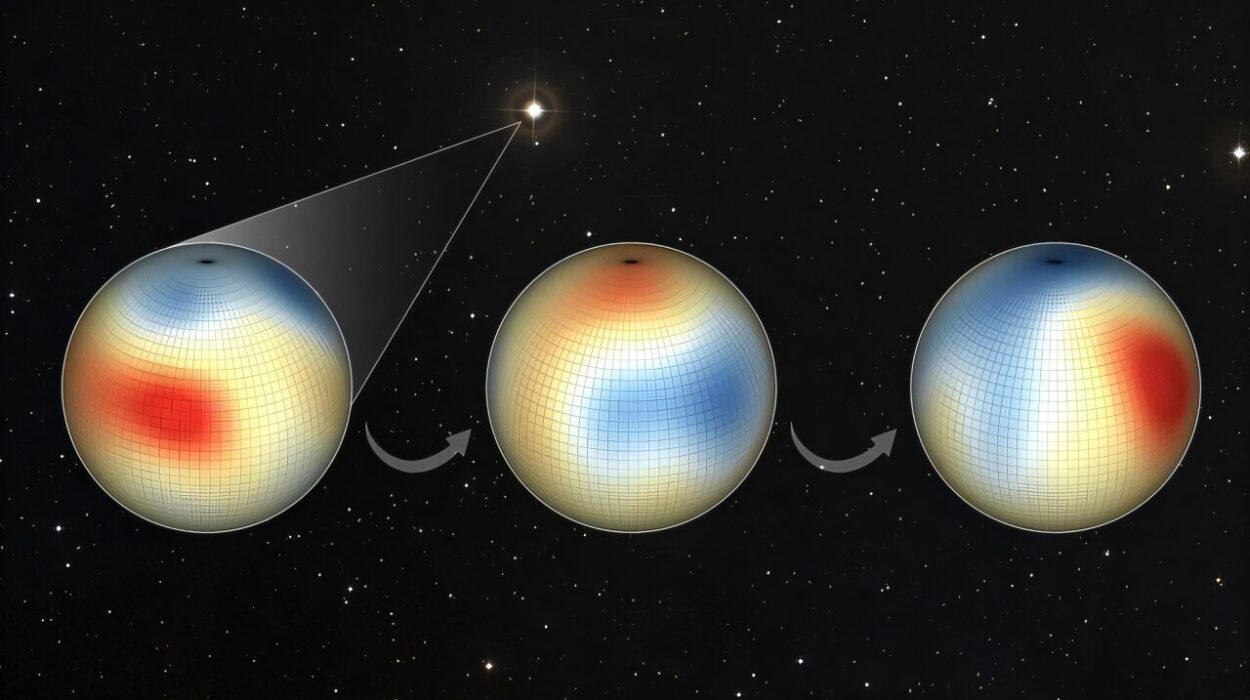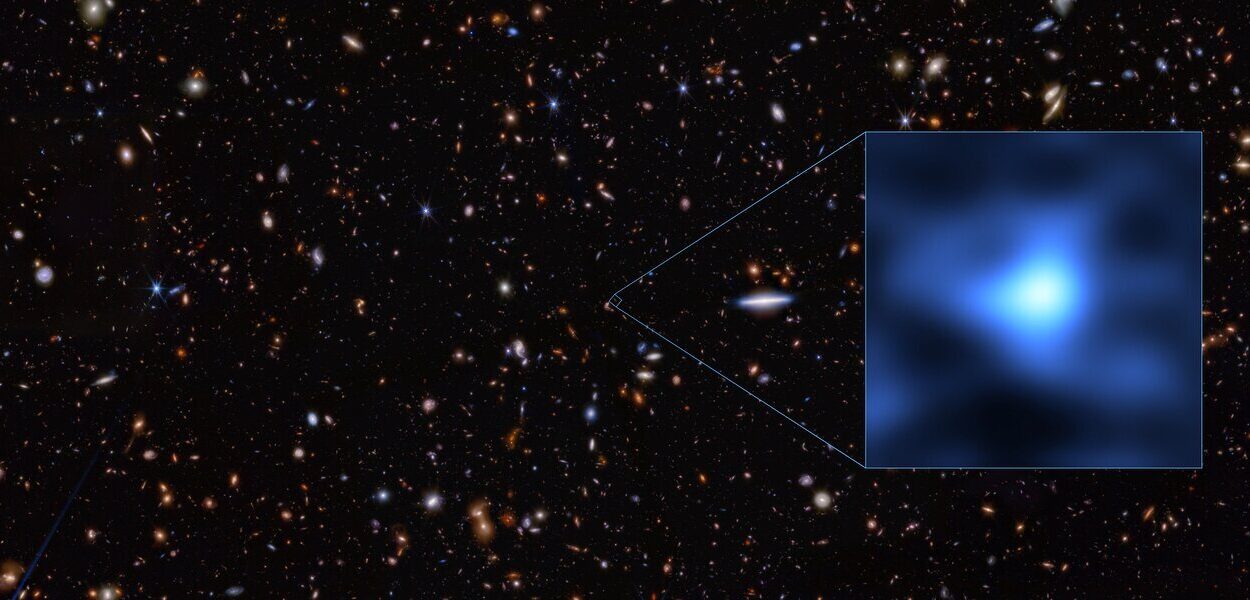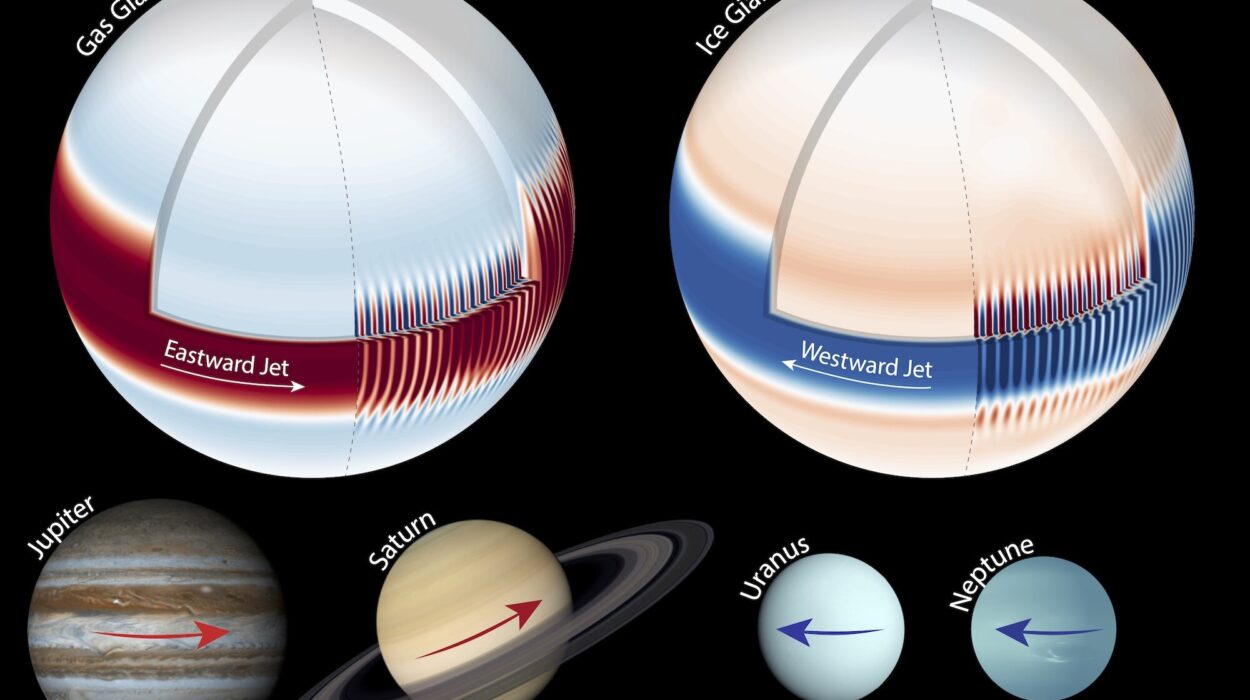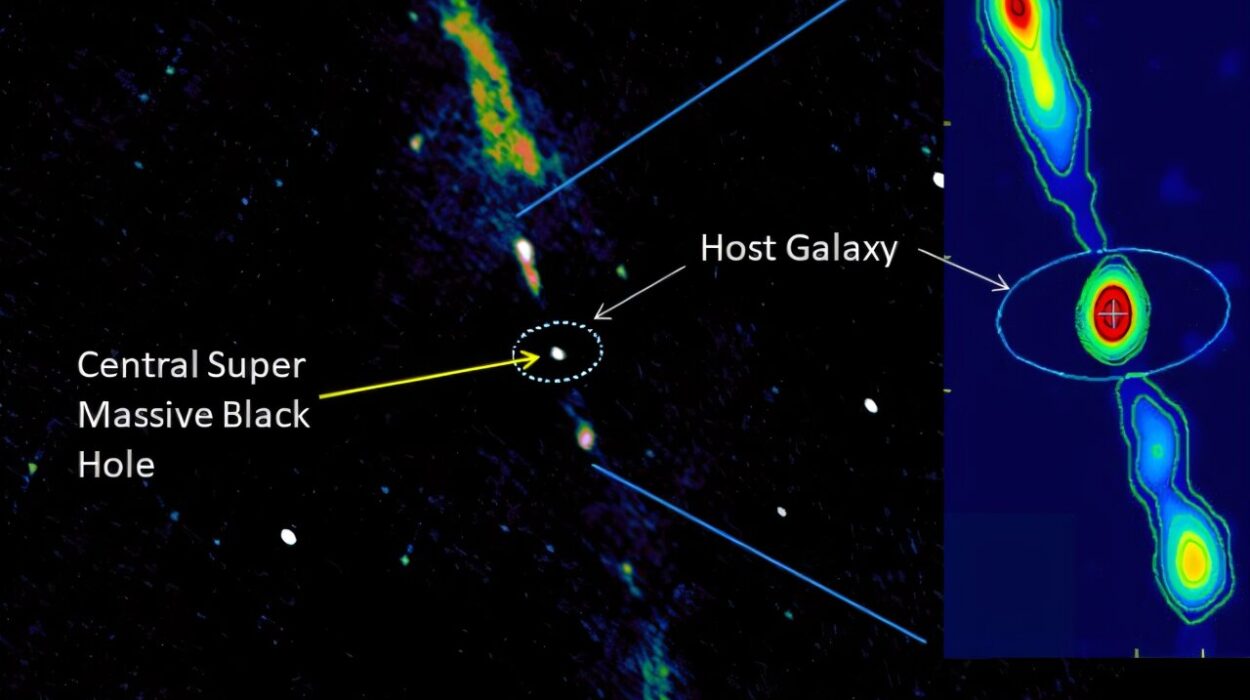In the vast, cold darkness of space, there exist cosmic lighthouses so powerful that they can outshine entire galaxies. These titanic beacons are quasars—quasi-stellar objects that burn with the intensity of a trillion suns. But unlike stars, quasars are not powered by nuclear fusion. Their brilliance comes from something far more extreme: the insatiable hunger of supermassive black holes.
Every large galaxy harbors a supermassive black hole at its center, often with masses millions or even billions of times greater than our Sun. When gas, dust, and even entire stars fall toward these gravitational monsters, the matter doesn’t vanish immediately. Instead, it forms an accretion disk—an infernal whirlpool spinning at relativistic speeds, heating up due to friction until it glows in X-ray, ultraviolet, and visible light. This is the heart of a quasar.
Quasars are not just bright—they are ancient. Most are seen as they were more than ten billion years ago, in an early, more chaotic universe where galaxies collided frequently and cosmic structures were still taking shape. They serve as time capsules, allowing astronomers to peer back into the universe’s childhood and witness the formation of structure itself.
An Unexpected Crowd in the Cosmic Wilderness
Given their power and prominence, one might imagine quasars to be abundant. But they are remarkably rare. Even in the early universe—where they were more common—finding a few scattered across a massive cosmic volume is considered normal. So when a team of astronomers led by Yongming Liang of the National Astronomical Observatory of Japan identified not one, not two, but eleven quasars in a relatively compact region of sky, they knew they had stumbled upon something extraordinary.
Analyzing deep-sky data from the Sloan Digital Sky Survey (SDSS), the researchers were scanning a region of the universe located about 10.8 billion light-years away in the direction of the constellation Cetus. Their expectation was to find perhaps one quasar, as would be typical for that cosmic neighborhood. Instead, they found eleven.
To grasp the magnitude of this discovery, consider that the previous record for quasar over-density in a region had been five. This new structure more than doubles that figure. It’s not just an anomaly—it’s a glaring violation of what we thought we understood about where quasars should appear. The findings, now published as a preprint on the arXiv server, have sent ripples through the astrophysical community.
Peering Deeper with the Subaru Telescope
To ensure this wasn’t a statistical fluke or a data artifact, the team turned to one of the most powerful ground-based observatories on Earth: the Subaru Telescope, perched atop Mauna Kea in Hawaii. With its wide-field imaging and high sensitivity, Subaru allowed the researchers to peer deeper into the region and confirm the quasar clustering.
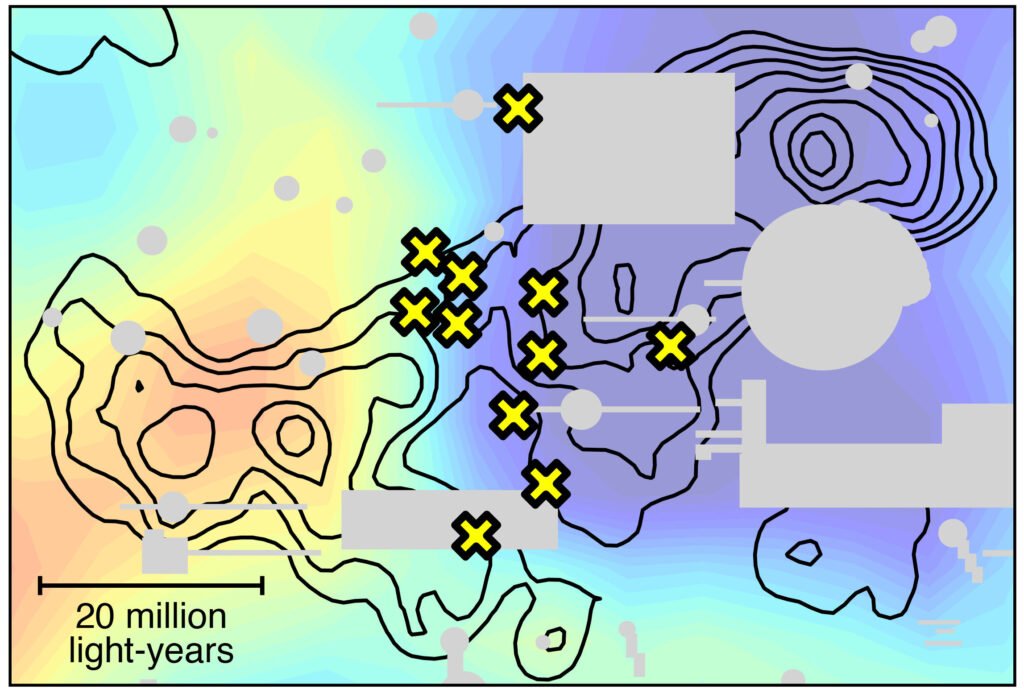
But this is where the mystery deepened.
Conventional wisdom suggests that quasar activity is driven primarily by galactic collisions and mergers. When two galaxies crash into one another, their central black holes often spiral toward a violent union, pulling in gas and dust, and igniting the fury of quasar light. Therefore, regions with a high density of quasars should correspond to regions with a high density of galaxies—like cosmic cities packed with galactic skyscrapers.
Yet the Subaru data showed something entirely different. The eleven quasars did not inhabit a galactic metropolis. Instead, they were perched along a cosmic boundary, straddling the edge between two large-scale galaxy groups. The quasars seemed to be sitting on a kind of intergalactic ridgeline—not in the heart of a dense cluster, but along its edge.
The Rise of the Cosmic Himalayas
This peculiar arrangement led the team to name the structure the “Cosmic Himalayas.” The analogy is vivid and deliberate. Just as the real Himalayas form a jagged boundary between the Indian plains and the Tibetan Plateau, these quasars seem to sit atop a cosmic ridge, separating vast regions of space.
The name captures more than just shape; it speaks to scale. This structure spans hundreds of millions of light-years across—an enormous filament in the cosmic web. The web is the large-scale architecture of the universe, where galaxies, gas, and dark matter are arranged in a sprawling lattice of nodes, filaments, and voids. Most galaxies lie along these filaments like pearls on a string, drawn by the gravity of dark matter.
The discovery of such a concentrated quasar ridge in a relatively under-dense region is like finding a mountain range where you expected flatlands. It throws into question the very assumptions astronomers use to model how galaxies and black holes grow, interact, and evolve.
Challenging Conventional Cosmology
This anomaly cuts to the core of how astrophysicists model the early universe. The standard model predicts that quasar activity peaks in areas of intense galactic crowding—zones rich in cold gas and ripe for mergers. But the Cosmic Himalayas defy that expectation. Their location, at the boundary between two regions rather than in a dense knot of galaxies, suggests that something else may be fueling the black holes.
One possibility is that the quasars are triggered by gravitational tidal forces exerted by the surrounding galaxy groups. Just as tides on Earth are caused by the Moon’s gravitational pull, galaxy groups can warp and disturb each other’s shapes, funneling matter into their central black holes even without direct collisions.
Another idea is that gas flows along the cosmic web itself, feeding quasars from vast intergalactic highways that remain largely invisible. These cold streams of pristine hydrogen could serve as a steady fuel source, keeping the black holes active long after the fireworks of galaxy mergers have faded.
There’s even the tantalizing possibility that these quasars are part of a new class of large-scale structure—a kind of “quasar ridge” that forms under conditions not accounted for in current simulations. If so, we may need to rethink the role of black holes not just as endpoints of galactic life, but as active agents in shaping the universe’s largest structures.
A Glimpse into the Primordial Universe
What makes the Cosmic Himalayas even more compelling is their age. Because the structure lies 10.8 billion light-years away, we are seeing it as it was when the universe was only about 3 billion years old—less than a quarter of its current age. This is a formative epoch in cosmic history, when galaxies were still assembling, stars were forming at rapid rates, and black holes were just beginning their long reign as gravitational anchors.
Finding an anomaly in such a crucial era raises urgent questions: Is the Cosmic Himalayas a one-time oddity, or have we simply been blind to similar structures elsewhere? Have previous surveys missed such ridgelines because of limitations in resolution, field size, or observational bias? Or have our theoretical models been leading us astray?
The answers may hinge on next-generation instruments. The team is already looking toward the Prime Focus Spectrograph (PFS), a powerful new tool being developed for the Subaru Telescope. PFS will be able to simultaneously analyze thousands of galaxies and quasars, mapping their positions and motions with unprecedented precision. With it, astronomers hope to probe not only the Cosmic Himalayas but the dark matter scaffolding beneath it.
Rewriting the Rules of Quasar Formation
The implications of this discovery extend far beyond a single structure. They challenge fundamental assumptions about the interplay between black holes and the large-scale universe. Traditionally, black holes have been seen as passive recipients of galactic processes—lit up only when their host galaxies deliver gas to their feet.
But the Cosmic Himalayas hint at a more complex narrative. Perhaps black holes shape their environment, not merely react to it. Perhaps cosmic geography—the topology of space itself—determines where black holes blaze into life. In this view, the quasars of the Cosmic Himalayas are not just oddities; they are signposts of a deeper, underlying order we have yet to fully perceive.
This is how science progresses. Each mystery, each exception, each unexplainable detail becomes a crack in the current model. Through those cracks, new light enters.
Conclusion: The Mountains Beyond the Mountains
In the night sky, the constellation Cetus hides a secret. Beyond its faint stars lies a ridge of fire and gravity—a row of cosmic lanterns burning at the dawn of time. The Cosmic Himalayas are not merely a collection of quasars; they are a challenge to our understanding, a question asked by the universe in its own brilliant language.
As astronomers continue to map the heavens with sharper tools and broader eyes, more such mysteries are certain to emerge. Some will confirm what we suspect. Others, like the Cosmic Himalayas, will confront us with what we never imagined.
In the words of Einstein, “The most beautiful thing we can experience is the mysterious.” The Cosmic Himalayas, towering silently at the edge of the known, remind us that the universe is far more beautiful, far more intricate—and far more surprising—than we ever dared to dream.
Reference: Yongming Liang et al, Cosmic Himalayas: The Highest Quasar Density Peak Identified in a 10,000 deg2 Sky with Spatial Discrepancies between Galaxies, Quasars, and IGM HI, arXiv (2024). DOI: 10.48550/arxiv.2404.15963

